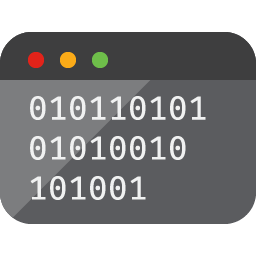
Welcome to Mr. Martinson's WEBSITE!
ICS2O - Grade 10 Computer studies

Course Outline
This course introduces students to computer programming. Students will plan and write simple computer programs by applying fundamental programming concepts, and learn to create clear and maintainable internal documentation. They will also examine a computer system by studying hardware configurations, software selection, operating system functions, networking, and safe computing practices. Students will also investigate the social impact of computer technologies, and develop an understanding of environmental and ethical issues related to the use of computers.
During the course, students will examine a number of programming languages. We will begin from fairly simple to more complex. Hopefully, this progression will allow all students to learn and advance so they can be successful in class.

Evaluation
In secondary school courses, the final mark is determined using the following procedure: term work comprises 70% of the final mark and end of semester summative evaluations comprise 30% of the final mark.
Throughout the semester, students will be assessed on curriculum expectations, receive feedback on learning, and be given opportunities to improve performance based on four categories of learning (knowledge &| understanding, application, communication and problem solving).
Towards the end of the course, students will complete three summative evaluations: an individual project that will comprise 15% of the final mark and a final exam that will be worth 15% of the final mark.
The projects will be built over time, but consolidated at semester end, and done mostly in class. They will involve an amalgamation of most computer skills presented in a creative and informative way. The summative evaluation will occur during class time at some point in the last 4 weeks of the course. Students will prepare for this evaluation with teacher guidance and support.